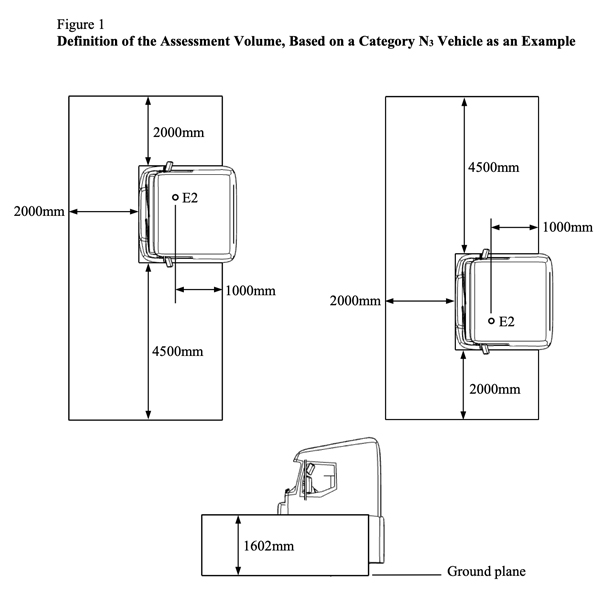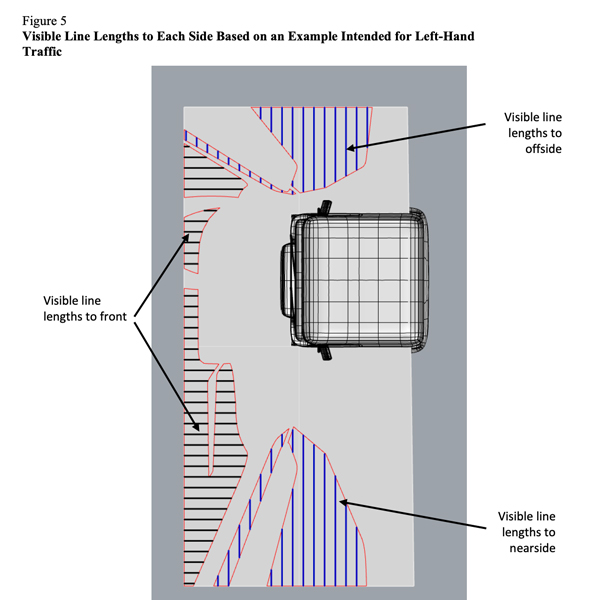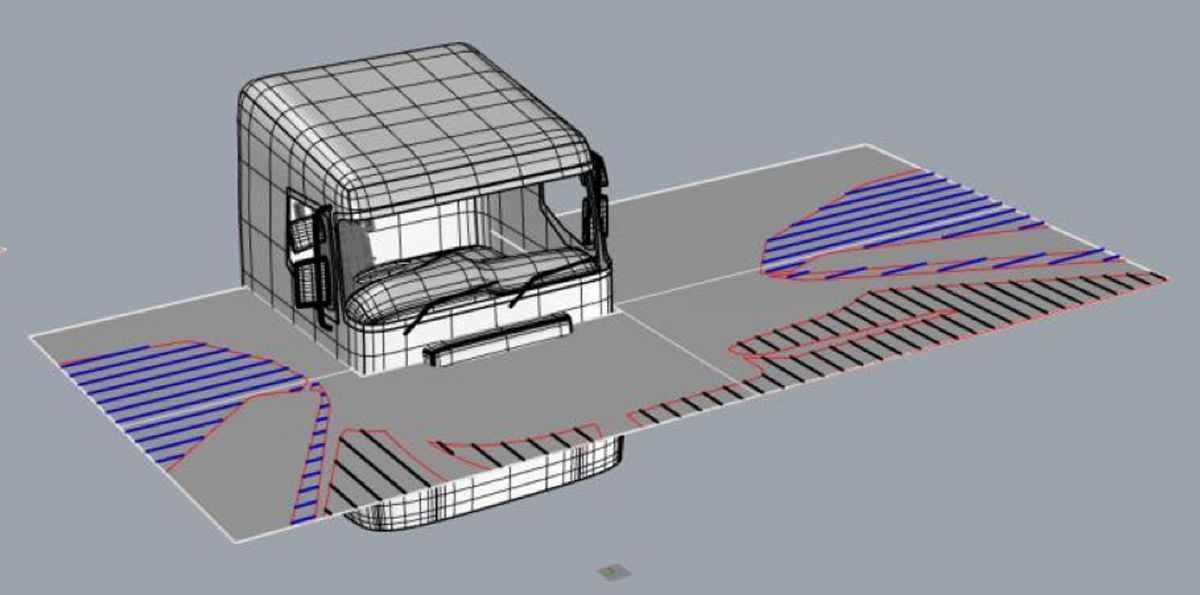Pedestrian Protection Regulations are an increasing priority for governments around the world, with new UN regulations being adopted by many countries to reduce pedestrian deaths caused by cars and heavy vehicles.
With increasing pedestrians in Australian cities, a high pedestrian road toll (in particular by heavy vehicles) and Australia being a signatory to UN, it’s only a matter of time before Australia introduces these regulations.
SGEGSO-MAX offers a range of pedestrian protection solutions for heavy vehicles that will protect pedestrians and other vulnerable road users, enabling companies to comply with likely pedestrian protection regulations.
Read on for an overview of the regulations, diagrams of vehicle blinds spots and SGESCO-MAX Solutions.
International Studies Highlight Blind Spots are the major cause of Pedestrian Deaths
In the European Union, 78% (5,250 per year) of all pedestrian and cyclist fatalities were due to collisions with the front-side of a vehicle, while 11% (750 fatalities/ year) were with the rear of a vehicle, i.e. reversing, according to a 2018 report. Source. This was despite additional mirrors being added to provide drivers with better visibility. This led to the UN introducing in 2018 a Regulation around Blind Spot Information Systems (BSIS) that applied to all trucks over 3.5 tonne, primarily aimed at protecting cyclists when trucks turned a corner.
New United Nations Pedestrian Regulations being adopted by member countries
The limited ability of drivers to detect and see correctly pedestrians in close proximity of their vehicle has been an ongoing concern for the UN, because of poor visibility being a key cause of accidents, for cars and light and heavy vehicles.
With the arrival of new and improved driver assist technology, in 2021 the United Nations introduced two new regulations (158 and 159) to become mandatory in countries that are members of the 1958 Agreement on vehicle regulations. This includes Australia.

The EU mandated these two new Regulations on 6 July 2022 (Source.)
UN Regulation No. 158 on reversing motion (improving drivers’ awareness of vulnerable road users behind vehicles when reversing) introduces requirements for cars, vans, buses and trucks to detect objects behind the vehicle that are at least 80 cm tall and 30 cm wide in an area ranging from 20 cm to 1 meter behind the vehicle. Two main technologies are used: ultra-sonic sensors and rear-view cameras. In the case of cameras, the Regulation establishes the requirement to ensure visibility of the area from 30 cm to 3.5 meters behind the vehicle.
UN Regulation No. 159 on moving off information systems for detection of pedestrians and cyclists requires the activation for buses, coaches and medium and large trucks of a proximity information signal in case pedestrians or cyclists enter the critical blind spot area in front of the vehicle, should the vehicle either be preparing to move off from rest in a straight line or be travelling straight ahead at low speeds up to 10 Km/h. The Regulation also sets a requirement for an additional signal to be given when a collision becomes imminent, e.g. when the vehicle accelerates from rest and the pedestrian or cyclist is located directly in front of the vehicle. The systems must ensure the detection of adult or child-size pedestrians as well as adult-sized cyclists and bicycles.
With mounting concerns about VRU detection and vehicle designs, in November 2022 the UN Economic and Social Council (UMESC) took these regulations further, adopting new Direct Vision Standards which outline what height and distances need to be visible from the driver’s seat of a heavy vehicle. Source.
The EU immediately adopted the regulations to be enforceable by June 2023. Japan will also apply the regulations. We expect other countries and jurisdictions to adopt these standards in the interest of pedestrian protection and given that the solutions can be readily retro-fitted to current vehicle fleets.
The new Direct Vision Standards Regulations were based on sophisticated testing that has identified the blind spots around a vehicle taking into consideration an average pedestrian height and what they call the Visible Volume from the driver’s seat. (See grey areas in diagrams.)


According to Antonio Erario, Chair of WP.29. (Working Party for Vehicle Construction), “The new regulations will increase drivers’ capacity to detect pedestrians before the vehicle starts from standstill or while it manoeuvres at low speed, and will help save lives in many countries.”
SGESCO Solutions Comply with UN Regulations
For ANZ organisations, SGESCO MAX has a range MAX-SAFE solutions for heavy vehicles that uses the latest European technologies to detect and protect pedestrians and comply with these new regulations, said Scott McPherson, Managing Director of SGESCO-MAX.
These include:
- MAX-SAFE Vision, a range of camera solutions that delivers the most advanced vision-based safety available including 360 Cameras and thermal imaging.
- MAX SAFE Watch, a range of sensor solutions to detect and identify pedestrians, cyclists, moving vehicles and objects like guardrails.
Like the Vision range, the Watch range of products provide in-cabin visual and audio alerts to the drivers or anyone or thing being in a blind spot around any side of the vehicle and can be integrated with active braking to stop a vehicle before it has a collision.
According to Scott, “For most companies that run heavy vehicles, it’s not just about complying with pedestrian protection regulations. If they have safety as a company value then it’s about recognising pedestrian protection as a rising risk and implementing measures to keep pedestrians safe, minimise their liabilities and adopt best practice.”
You can read more about the issue of pedestrian protection in Australia and our solutions range HERE.
Or you can get in touch today to discuss our range of pedestrian protection solutions in more detail.
The Full UN Regulations can be downloaded from here:






